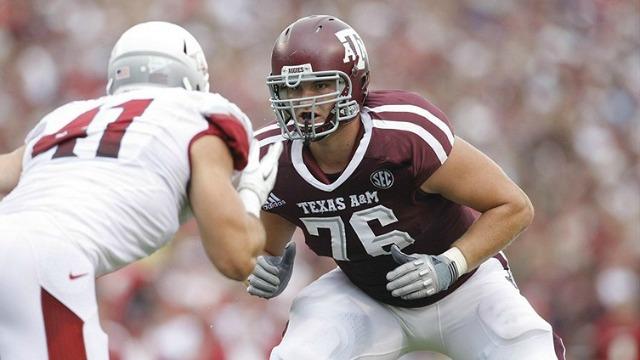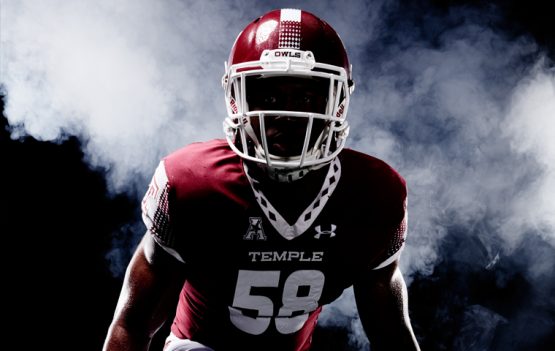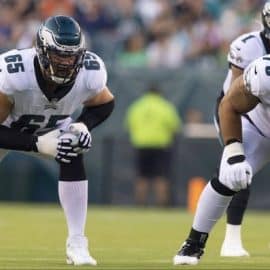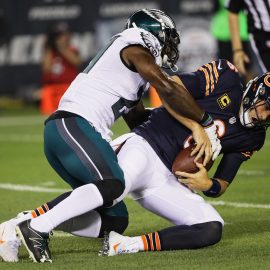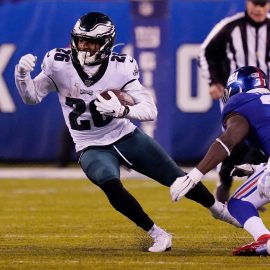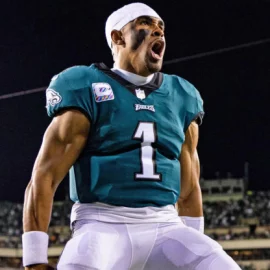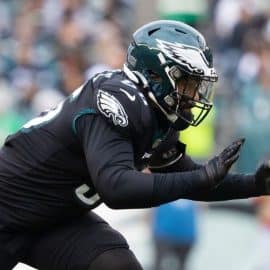The term “K-Ball” came into the NFL in 1999 in an apparent effort to slow down the kicking game’s increased effect on the sport due to greater distance and hang-time trends…and for the first few years, the “K-Ball” rule was enforced stringently… But over the past few seasons, the league has begun looking the other way to allow some pre-game doctoring of the balls to make them less slippery and “rounder” at the seams…
Listening to a radio interview with retired NFL punter Kyle Richardson the other night, I decided to look into his statement on the show: “…thank goodness for kickers and punters today, the NFL is beginning to trend away from the ‘K-Ball’ rule, and allowing some basic pre-game prep and doctoring of the balls by both teams… in effect, looking the other way..”
Richardson said it was a bad rule from the beginning, not just for kickers and punters, but also for longsnappers and placekick holders, too. Perhaps the “K-Ball” that slipped through Tony Romo’s hands in a crucial placekick-hold situation in a 2007 playoff game vs. Seattle (and cost the Cowboys the game) got Jerry Jones’ attention—and hence the downshift in enforcement of the rule.
Ironically, Jones was part of the hierarchy that approved K-Balls back in 1999, after the league’s competition committee decided teams were abusing their privileges and taking unusual measures to condition balls to fly higher and travel farther. Some even said kickers were putting balls in microwave ovens to give them more bounce.
Is it any surprise that Jerry Jones apparently wants his K-Ball rule more flexible now so that Romo can never again blame “a slippery K-Ball” for a last-minute gaffe?
K-Balls come straight from the factory — Wilson Sporting Goods — and are turned over to team officials the night before games. Team equipment managers under the supervision of referees are assigned to break the balls in with rubdowns two hours before kickoff. No ovens, dryers or saunas allowed…
But Richardson says more and more over the past few years he has seen kickers and punters allowed to inspect the K-Balls in pre-game warmup, and allowed to briefly massage, wipe and squeeze them to help “round out the seams”…Referees once disallowed such activity, but now, according to Richardson, they usually look the other way.
If you try to kick a brand new football straight out of the box, he said, it can be compared to teeing up a golf ball that’s in the shape of a cube.
“The seams are stiff and amost come to a point where they meet, basically making the ball feel like a square-shaped object,” he said. “And the leather is slippery. We just do our best to push the seams into a rounder shape, giving it some dimension suitable for kicking.”
The NFL has been using the Wilson ball since 1941. Jack McCallum of Sports Illustrated has a nice historical piece from a few years back on the evolution of pre-game treatments to make the footballs suitable for the feel of the game.
He describes equipment-room secrets for prepping the footballs such as being “steam-bathed, baked in aluminum foil, dunked in water, brushed with wire, bonked with hammers, buffed with strips of artificial turf, jumped on, shot out of Jugs machines, pounded into walls or racquetball courts, inflated and deflated more often than Oprah Winfrey, Armor All-ed, shoe-polished and lemonaded, crushed under weightlifting plates and, like a female wrestler at a county fair, dunked in evaporated milk. Maybe even microwaved.”
St. Louis Rams equipment manager Todd Hewitt remembers stopping by the Cleveland Browns’ locker room several years ago before a scrimmage game and surprising a veritable Santa’s workshop of elves slaving over balls. “It looked like I had just broken up a gambling ring or something,” Hewitt remembers. ” ‘Relax,’ I told them. ‘Everybody does it.’ “
Personally, I thinks it would be crazy NOT to prep and rub down a brand new football for a period of days, if not weeks. Think about how many months (sometimes years) it takes a major league ballplayer to pre-shape, oil and break in a brand new leather baseball glove before he would use it in a game that counted. Why should it be illegal for a brand new Wilson football to get the same respect as a basegall glove?
McCallum describes the ritual of preparation the Chicago Bears use on brand-new Wilsons: “It’s a recipe for ball preparation that would satisfy any anal-retentive chef: Fill ball with as much air as possible, leave alone for three days, deflate to about eight pounds, push ends of ball repeatedly into corner of table, overinflate again, throw into laundry sack with wet towels and place in clothes dryer…Ten minutes was all it would take to get them real hot… They’d bang around in the dryer, and then we’d brush them off. If the balls weren’t screaming for mercy by then, we would deflate them and put them under hot water…Then re-inflate to the regulation 13 pounds of pressure…”
Eagles veteran Mike Horan took it a step further when he joined the Bears… Horan added to the above recipe a homemade, skateboard-sized contraption. He would take a ball down to about eight pounds, put it on the board and put a 100-pound dumbbell on it…then he’s just roll it back and forth, back and forth. It took hours.
It makes sense to me to allow the K-Ball Rule to further evaporate…unless you want to take the leg out of the game completely. A piece of leather equipment needs to be worked in before it can be used properly. Even most quarterbacks prefer a well-worn brushed surface on their game footballs to achieve maximum grip and touch. I can’t even imagine how the rules committee would think a K-Ball fresh out of the box would be a good idea in Buffalo in December.
As for the stiff-arm rule changes over the years…
The NFL rules committee is always talking about eventually outlawing the offensive stiff-arm maneuver by a ball-carrier…Focus on the rules came in 2008 when the league emphasized to officials that stiff arms to the face should result in a 15-yard penalty. NFL rules already said that “hands cannot be thrust forward above the frame to contact an opponent on the neck, face or head,” so the instruction to officials to call such penalties is not a rules change, just a point of emphasis. The league’s Competition Committee believed that the rule has not been adequately enforced in the past.
Prior to the “no hands to the face” rule, a ball-carrier could legally “stiff arm” an opponent in the face in an attempt to keep him from making the tackle. However, the runner was prohibited from grabbing, pulling or twisting the facemask of the tackler.
Now you can’t legally stiff-arm your tackler anywhere above the shoulders. Does this mean the stiff-arm could be eventually on the way out as a legal move altogether?
I’ve got no problem with a no-call by a ref on a ball-carier who’s executing a stiff-arm and contacts the side of the defender’s helmet…or even the facemask if is simply incidental and not a blatant grab to gain leverage…
A stiff-arm usually contacts the leading part of the would-be tackler’s body anyway, which would almost always be the helmet area (neck, face, head) and shoulder pads. Thus, by the strictest interpretation of the Competition Committe, most stiff-arms have always been illegal… and now, finally, will be flagged for 15 yards?
I can see throwing a flag if a runner has one guy left to beat and blatantly grabs his face mask and hurls him to the ground. But what about the runner who sticks out his arm to ward off a LB, incidentally contacting the face mask, while looking the other way toward a safety who’s closing on him?
If you’re not flagrantly grabbing the face mask and using it for leverage, and if your stiiff-arm contact is incidental with respect to the face and helmet area, then what is the crime?
OK, I’ll give them the case where a runner “stiff-arms” the defender on his face mask, pushing his head back or to the side. This probably should be a penalty, as it is when a lineman does it blocking on the line of scrimmage.
But as Michael David Smith once wrote almost 5 years ago in the New York Times, “Tough, physical running is a part of football, and a ball-carrier who can effectively hold the ball in one hand while using the other to prevent tacklers from getting hold of him should be rewarded, not punished.”
I too believe that’s a part of the NFL game you just don’t want to lose.
Add The Sports Daily to your Google News Feed!
